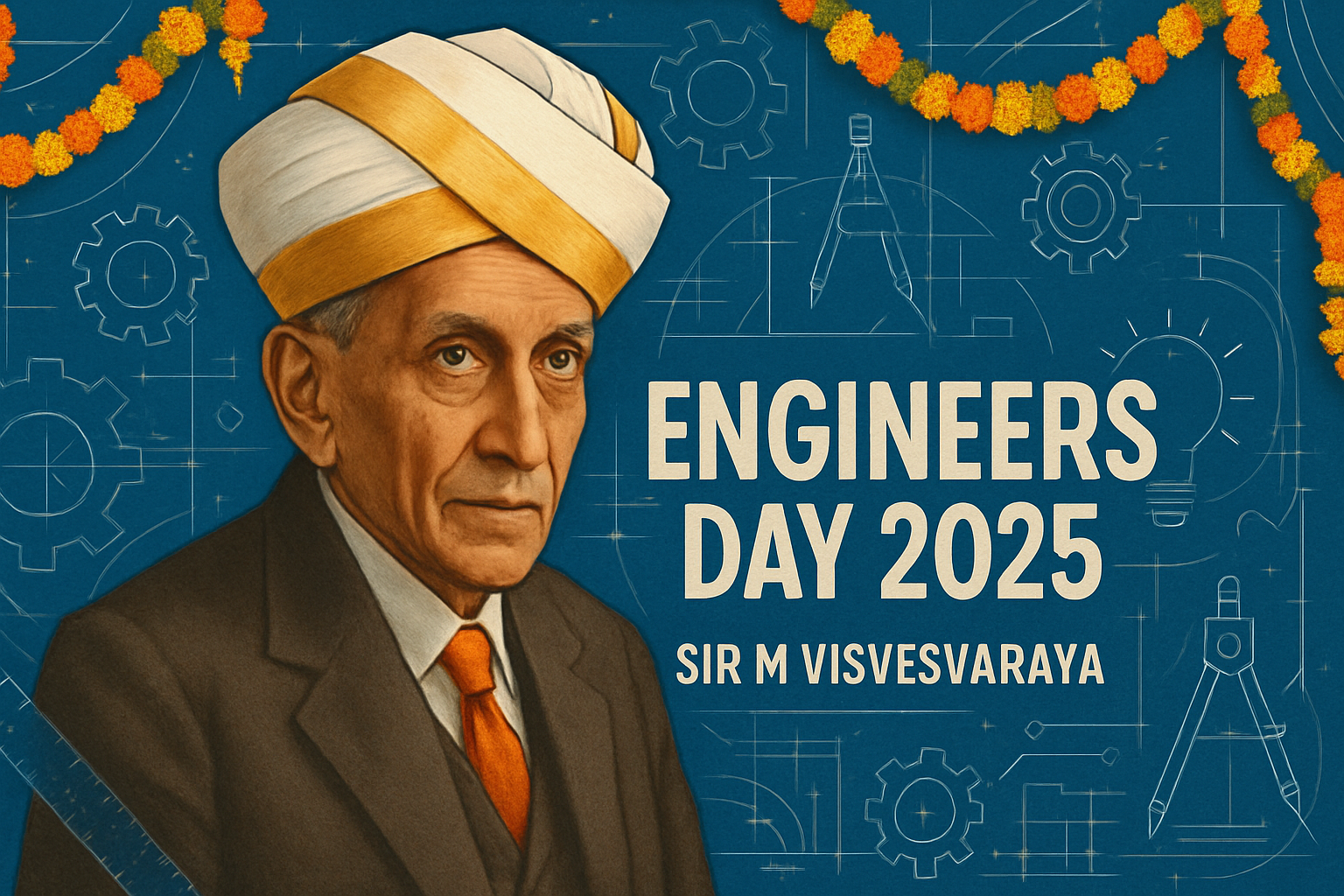Introduction to Samudrayaan
The Samudrayaan Mission, part of India’s ambitious Deep Ocean Mission, is the country’s first manned deep-sea exploration initiative. Launched by the Ministry of Earth Sciences (MoES) in October 2021, it aims to send three humans to a depth of 6,000 meters in the Indian Ocean using a submersible named MATSYA 6000. The mission is designed to explore deep-sea resources, study marine biodiversity, and support India’s Blue Economy by sustainably utilizing ocean resources. With a budget of approximately ₹4,077 crore over five years (2021–2026), Samudrayaan positions India to join an elite group of nations—USA, Russia, China, France, and Japan—with advanced deep-sea exploration capabilities.
Objectives of the Samudrayaan Mission
The Samudrayaan Mission has several key goals:
- Deep-Sea Exploration: Send three personnel to a depth of 6,000 meters to study marine life, minerals, and oceanographic data.
- Resource Mapping: Explore and map polymetallic nodules (rich in nickel, cobalt, copper, and manganese) in India’s allocated 75,000 km² area in the Central Indian Ocean Basin (CIOB), as designated by the International Seabed Authority (ISA). These minerals are vital for electronics, batteries, and renewable energy technologies.
- Advancing Technology: Develop indigenous deep-sea technologies, including submersibles, underwater robotics, and communication systems like acoustic telephones.
- Supporting Blue Economy: Promote sustainable use of ocean resources to boost industries like fishing, tourism, and mining, aligning with India’s vision for a ₹100 billion Blue Economy.
- Climate Change Research: Study the impact of climate change on ocean ecosystems, including temperature, acidity, and circulation changes.
- Biodiversity Assessment: Document deep-sea marine life to understand its diversity, distribution, and ecological role.
The MATSYA 6000 Submersible
The heart of the Samudrayaan Mission is the MATSYA 6000, a manned submersible developed by the National Institute of Ocean Technology (NIOT) in Chennai, with contributions from the Indian Space Research Organisation (ISRO) for its titanium alloy hull. Key features include:
- Design: A spherical personnel sphere with a 2.1-meter diameter and 80mm-thick titanium alloy hull, capable of withstanding 600 bar of pressure at 6,000 meters.
- Capacity: Designed to carry three aquanauts for missions lasting up to 12 hours, with an emergency endurance of 96 hours.
- Technology: Equipped with scientific sensors, robotic arms for sampling, and an acoustic telephone for communication, as radio waves cannot penetrate deep water.
- Life Support Systems: Ensures a habitable environment similar to land conditions, with advanced navigation and obstacle avoidance systems.
The submersible’s design draws inspiration from ISRO’s Gaganyaan mission, showcasing India’s ability to develop cutting-edge technology for extreme environments.
Timeline and Progress
The Samudrayaan Mission is being implemented in phases from 2021 to 2026:
- October 2021: An uncrewed trial of a mild steel personnel sphere was successfully conducted at 600 meters off Chennai’s coast using the research vessel ORV Sagar Nidhi. The mission was formally launched on October 29, 2021.
- December 2022: The submersible explored 14 km² of seabed for 56 hours, testing its capabilities.
- August 2024: Two Indian aquanauts, Jatinder Pal Singh and Raju Ramesh, completed training dives in the Atlantic Ocean using the French submersible Nautile, reaching depths of 5,002 meters and 4,025 meters, respectively. These dives tested navigation, sampling, and communication systems.
- October 2024: The first wet test of MATSYA 6000 was conducted at 15 meters in Chennai harbor to evaluate its performance.
- 2025–2026: Shallow-water tests at 500 meters are planned, with the full manned mission to 6,000 meters scheduled for late 2026 or 2027.
Significance of Samudrayaan
The Samudrayaan Mission holds immense significance for India:
- Global Recognition: Upon completion, India will become the sixth nation to conduct manned deep-sea missions beyond 5,000 meters, showcasing its technological prowess.
- Economic Impact: The mission supports India’s Blue Economy by tapping into the estimated 380 million tonnes of polymetallic nodules in the CIOB, containing valuable minerals like 4.7 million tonnes of nickel and 4.29 million tonnes of copper.
- Scientific Advancement: It enables direct observation of unexplored deep-sea areas, enhancing knowledge of marine ecosystems and resources.
- Sustainability: The mission aligns with the UN’s High Seas Treaty (2023), to which India is committed, aiming to protect 30% of the world’s oceans by 2030.
- Technological Innovation: Developing indigenous systems like the titanium hull and acoustic communication boosts India’s deep-sea engineering capabilities.
Challenges
The mission faces several challenges:
- Extreme Conditions: The deep ocean’s crushing pressure and darkness require robust engineering to ensure safety.
- Communication: Acoustic telephones are affected by water temperature and salinity, requiring precise calibration.
- Timeline Delays: Initially planned for 2024–2025, the mission has faced delays due to technical complexities, now targeting 2026–2027.
- Environmental Concerns: Extracting minerals must balance economic gains with minimal disruption to ocean ecosystems, as emphasized by Union Minister Kiren Rijiju.
Key Milestones and Achievements
- First Indian Deep Dive: In August 2024, Jatinder Pal Singh set a national record by diving to 5,002 meters in the Atlantic, hoisting the Indian flag underwater.
- Indigenous Technology: The titanium hull, developed with ISRO, and other systems highlight India’s self-reliance in deep-sea technology.
- International Collaboration: Training with France’s IFREMER and the use of the Nautile submersible strengthened Indo-French research ties.
FAQs About Samudrayaan Mission
Q: What is the Samudrayaan Mission?
A: Samudrayaan is India’s first manned deep-sea mission to send three people to 6,000 meters in the Indian Ocean using the MATSYA 6000 submersible to explore resources and biodiversity.
Q: What is the MATSYA 6000?
A: It’s a manned submersible developed by NIOT with a titanium hull, designed to carry three aquanauts to 6,000 meters for 12-hour missions, with 96-hour emergency endurance.
Q: Why is the mission important?
A: It aims to explore polymetallic nodules, study marine life, and support India’s Blue Economy, while positioning India among global leaders in deep-sea exploration.
Q: When will the mission be completed?
A: The manned mission to 6,000 meters is scheduled for late 2026 or 2027, following tests in 2024 and 2025.
Q: How does Samudrayaan support the Blue Economy?
A: By exploring ocean resources like minerals and supporting industries like fishing and tourism, it aims to drive sustainable economic growth.
Conclusion
The Samudrayaan Mission is a bold step in India’s quest to unlock the mysteries of the deep ocean. By developing the MATSYA 6000 and exploring resources like polymetallic nodules, India is not only advancing its technological capabilities but also contributing to global ocean science. As the mission progresses toward its 2026–2027 target, it promises to enhance India’s Blue Economy, protect marine ecosystems, and cement its place among the world’s deep-sea exploration leaders.
Also See: India’s Green Hydrogen Train: A Step Towards a Cleaner Future
Also See: Who is Don Bradman? His Records and Why Shubman Gill is Compared to Him





